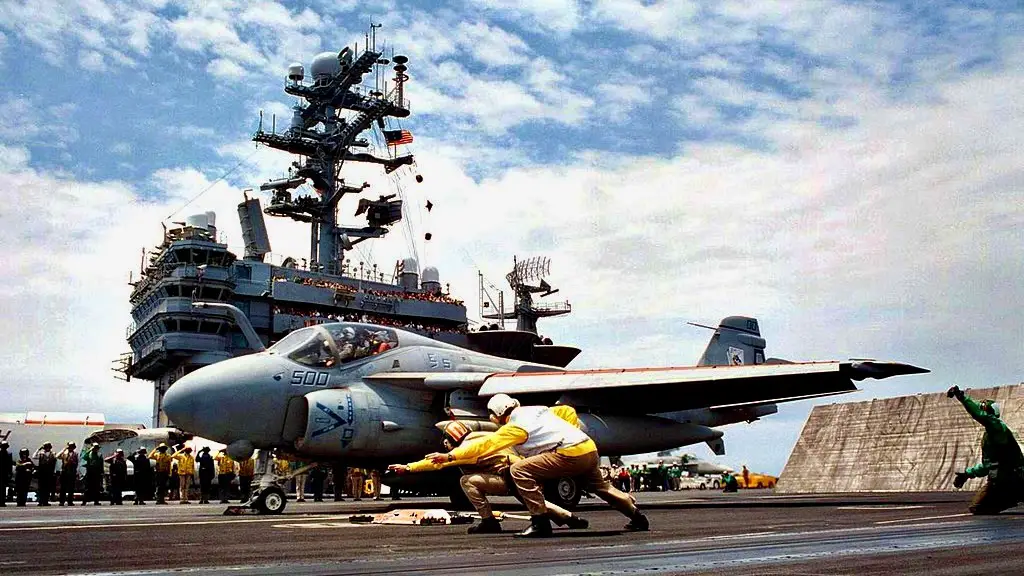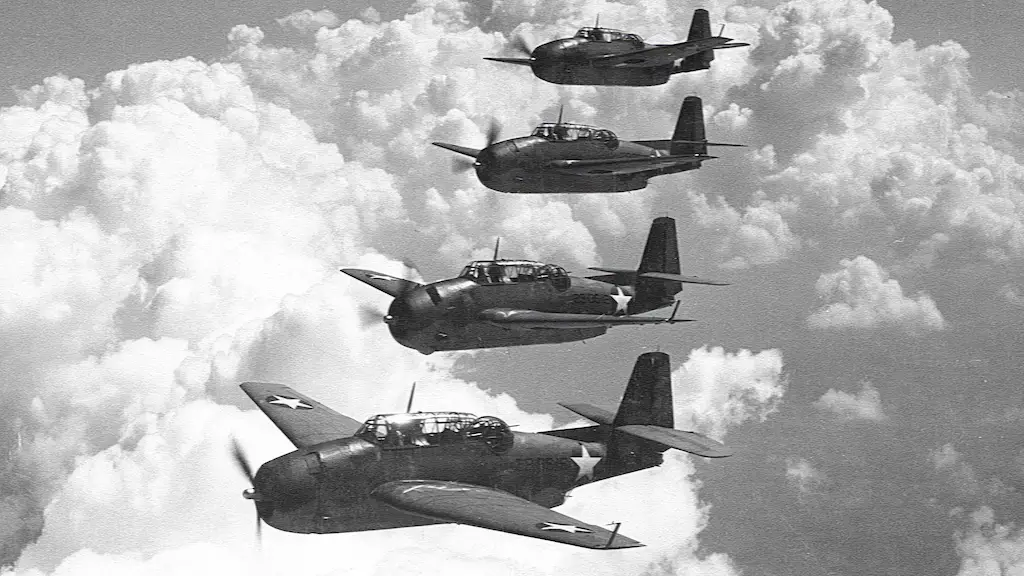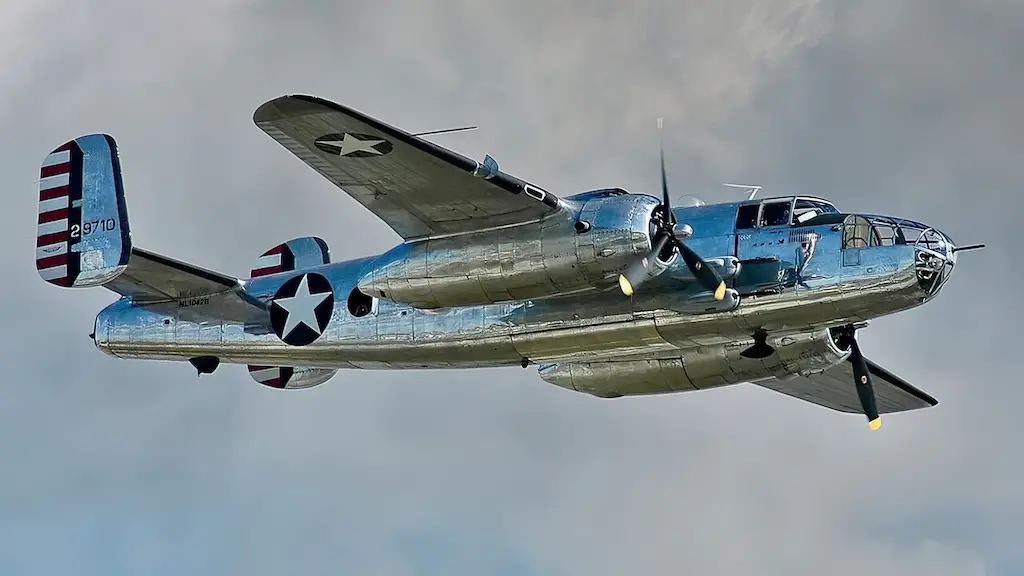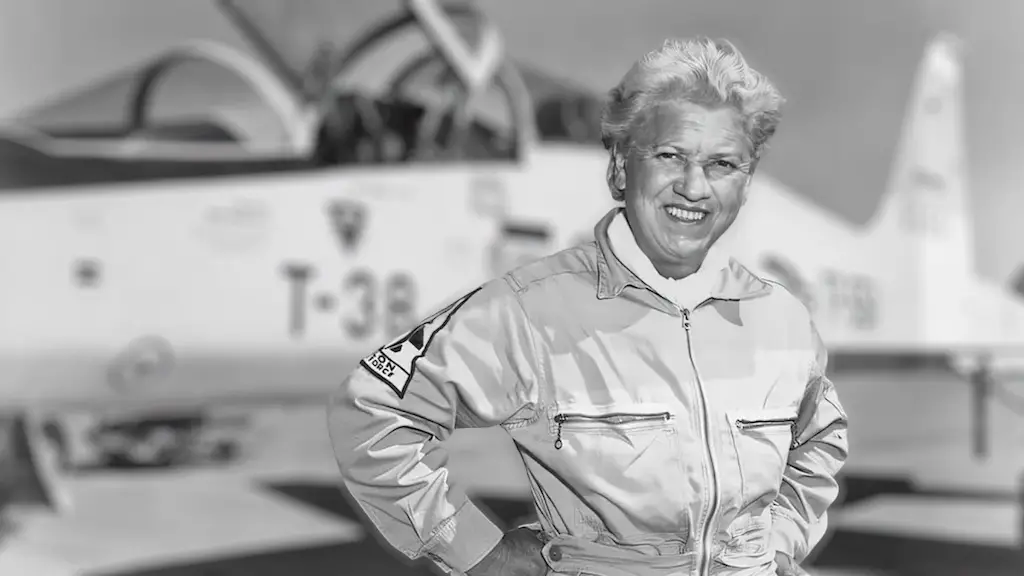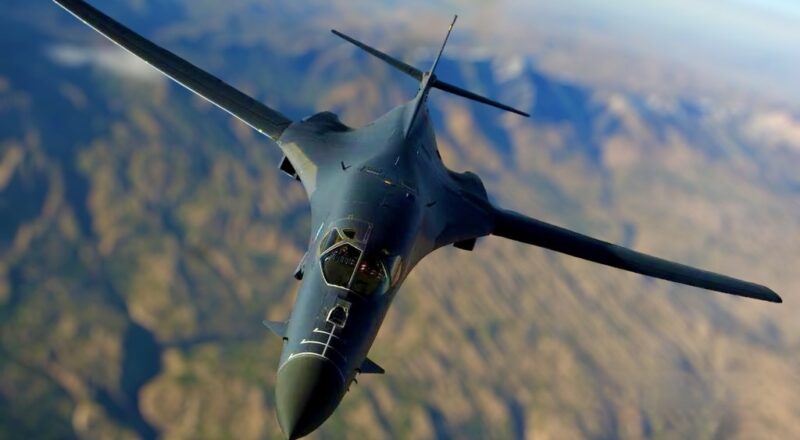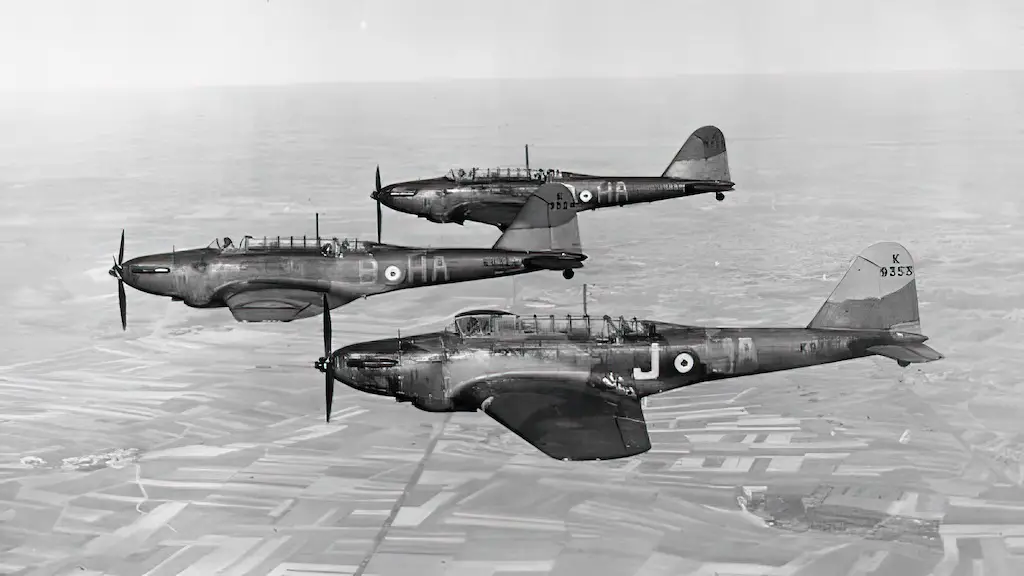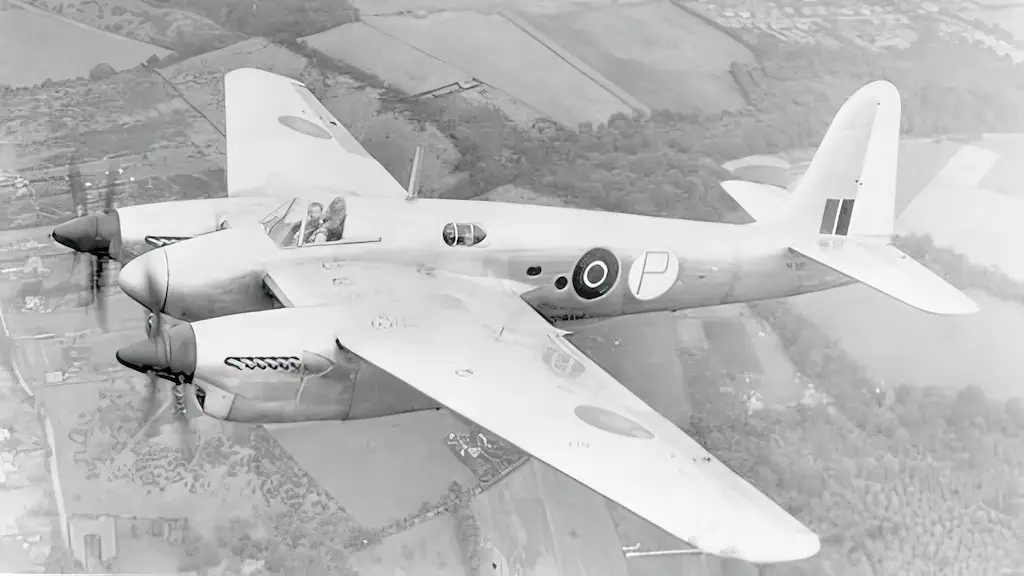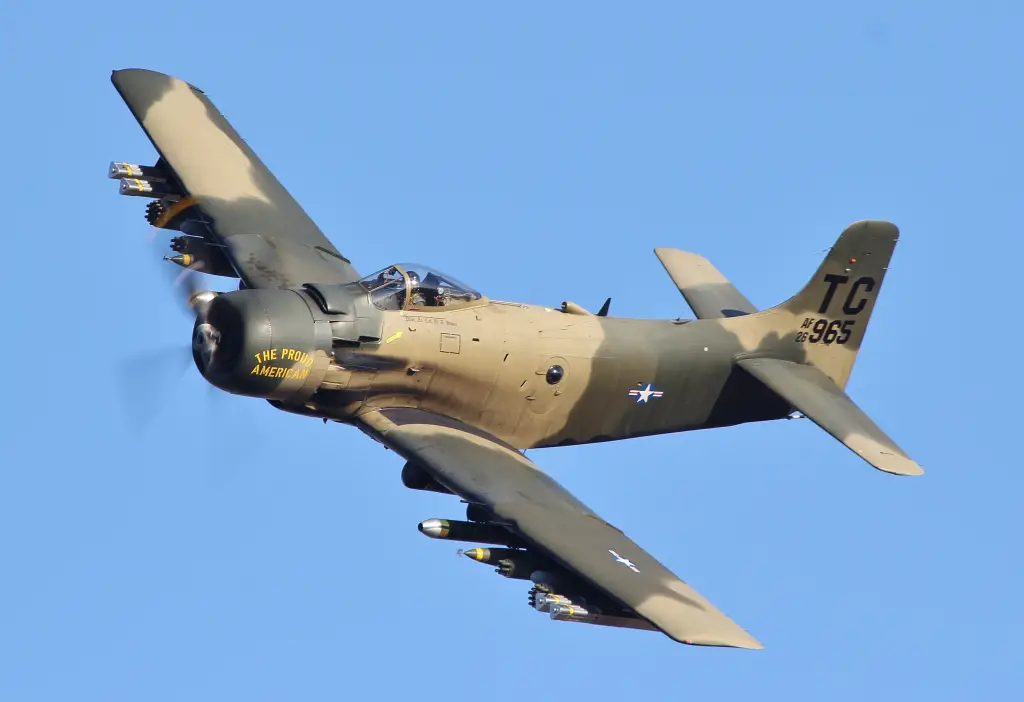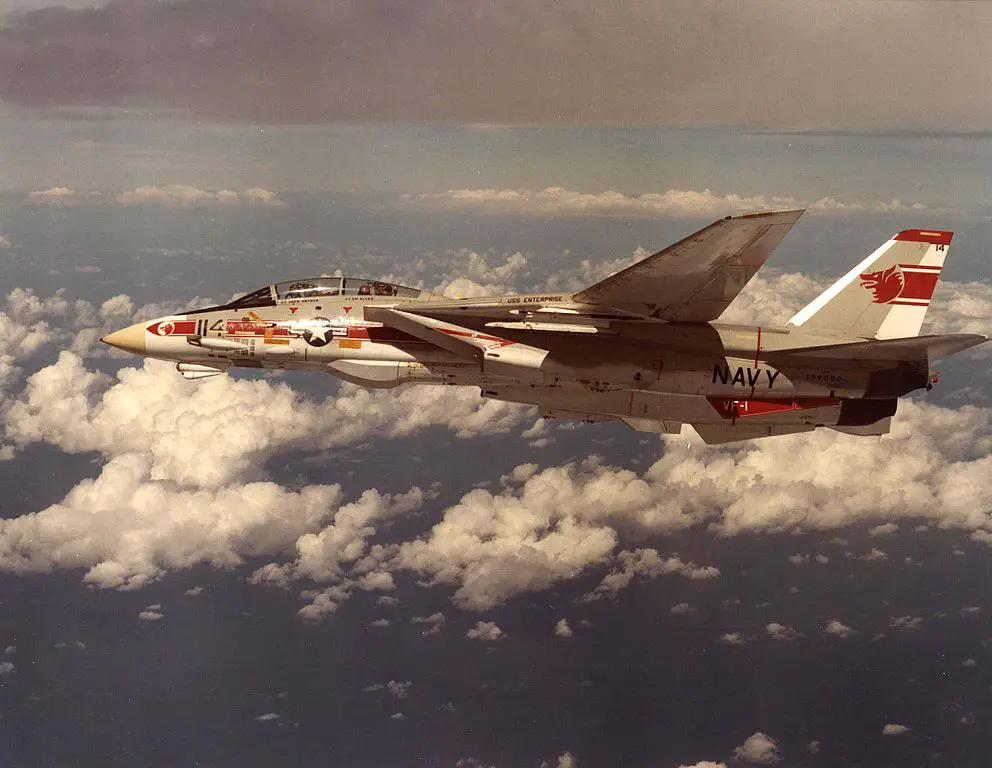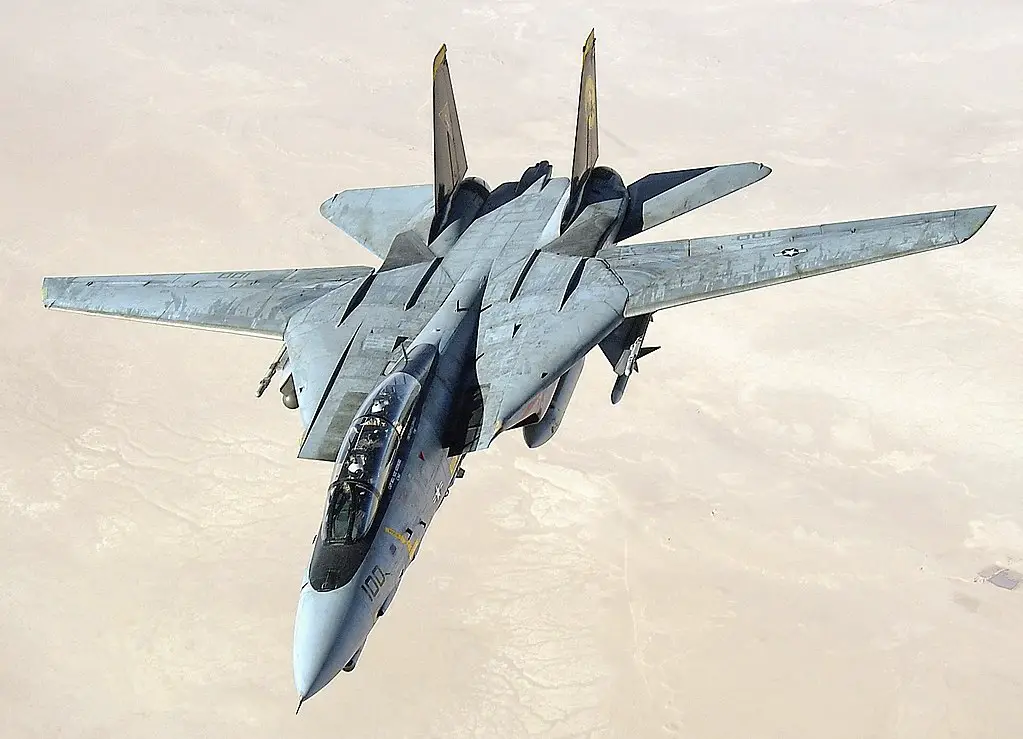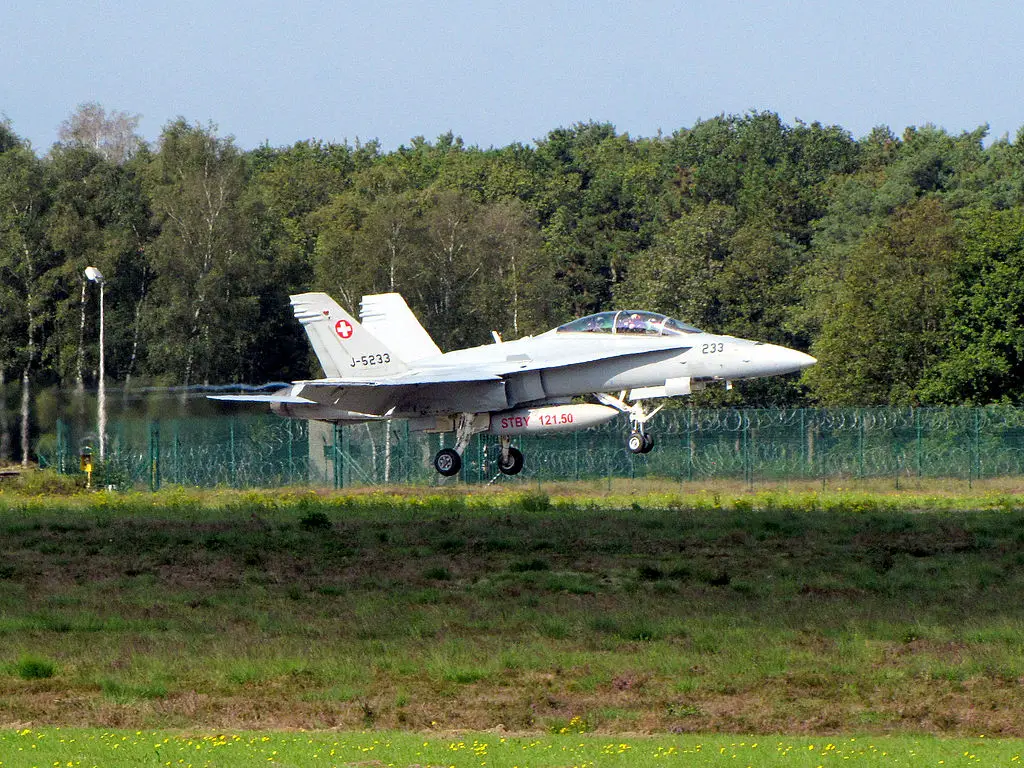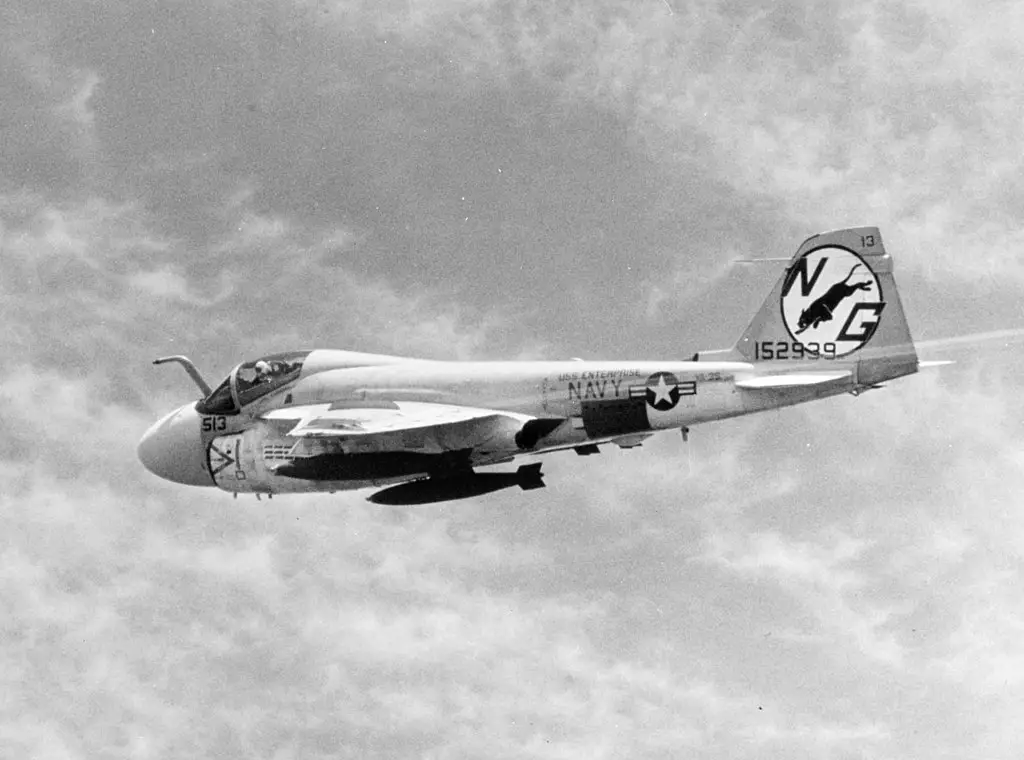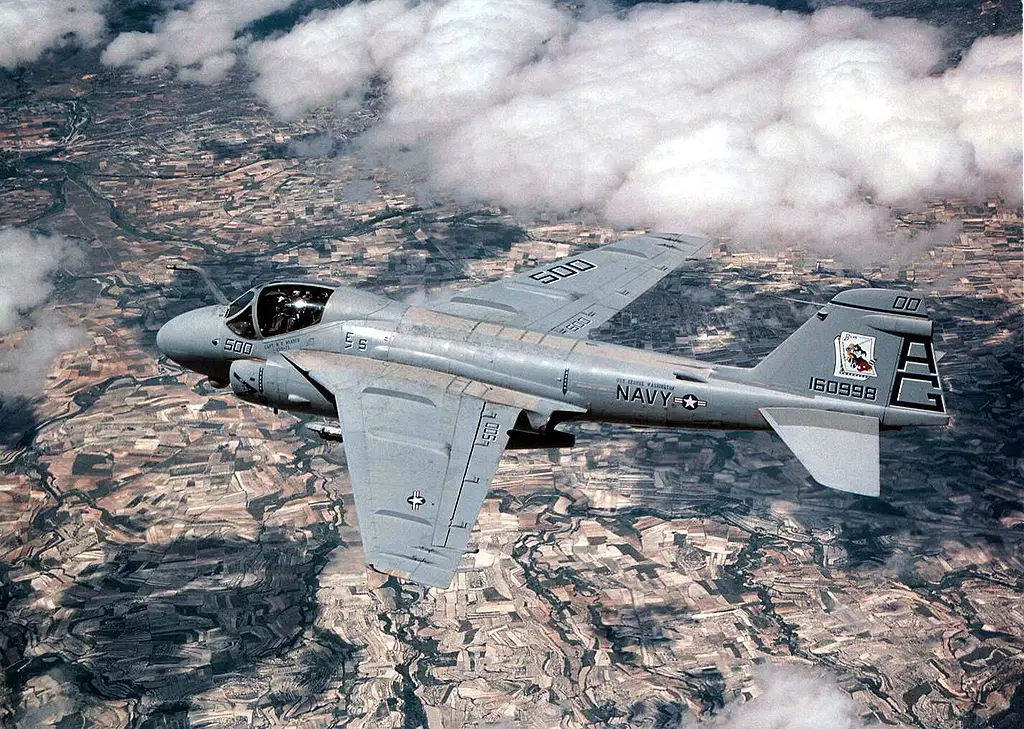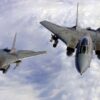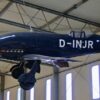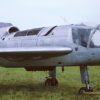Aircraft played a major role in the Second World War and Korean War. As a result, the technology and tactics of aircraft used by their respective countries improved significantly, particularly for the United States. The Grumman A-6 Intruder was designed to address some of the concerns raised by pilots who’d flown during the U.S. involved conflicts.
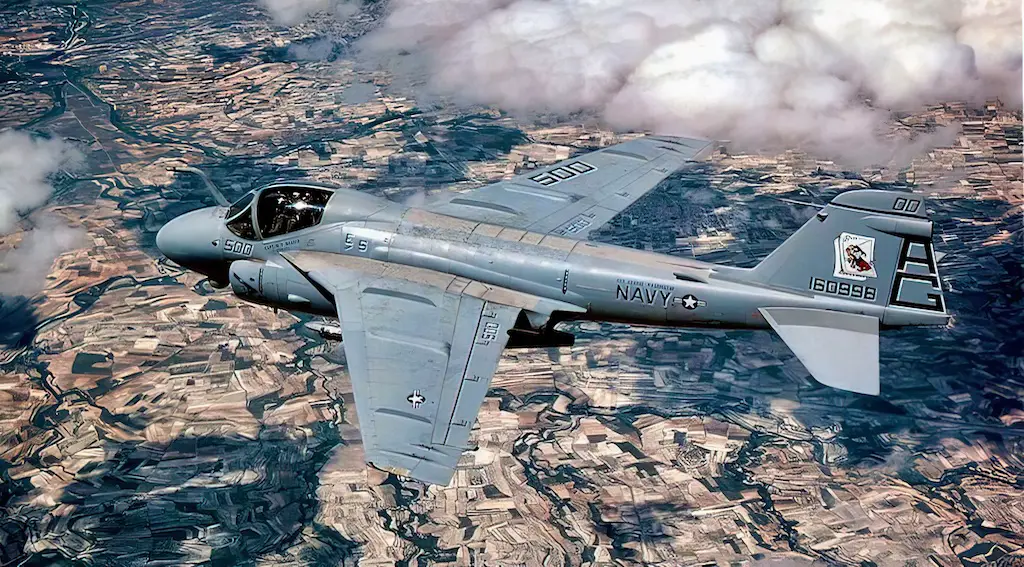
Origins
The origins of what became the A-6 Intruder came in a 1957 Navy specification for a new attack aeroplane to replace the ageing Douglas AD/A-1 Skyraider. The Marine Corps initiated the request with a desire for a Close Air Support aircraft capable of short takeoff. The Skyraider could not operate in all weather conditions nor did it have the necessary targeting system to perform nighttime missions.
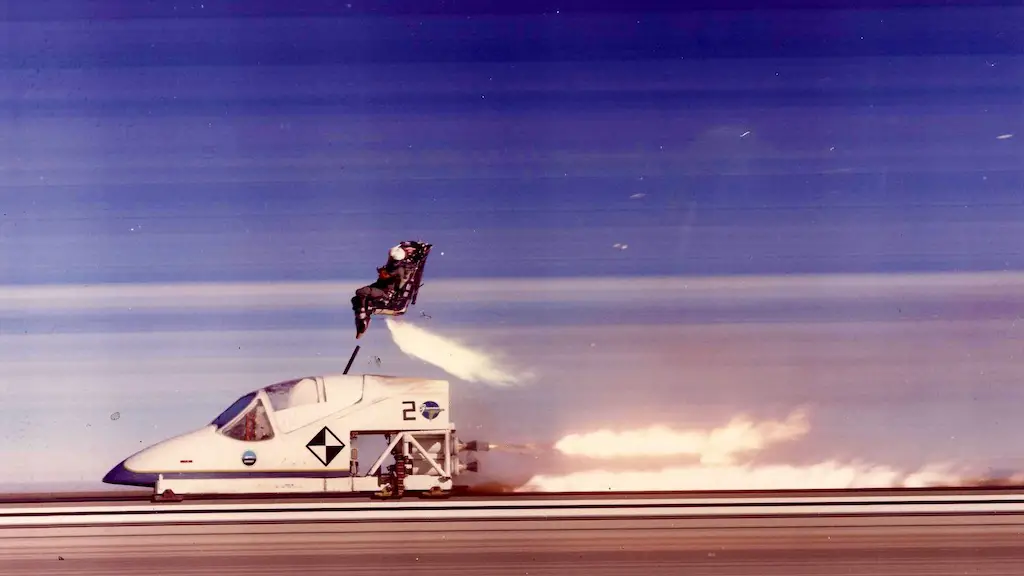
Simultaneously, the Navy’s experience in the Korean War proved the need for a new long-range strike aircraft with a high subsonic performance at tree-top height to permit under-the-radar penetration of enemy defences and to be capable of finding and hitting small and moving targets in all weather conditions. Eventually, out of many designs put out, Grumman’s won.
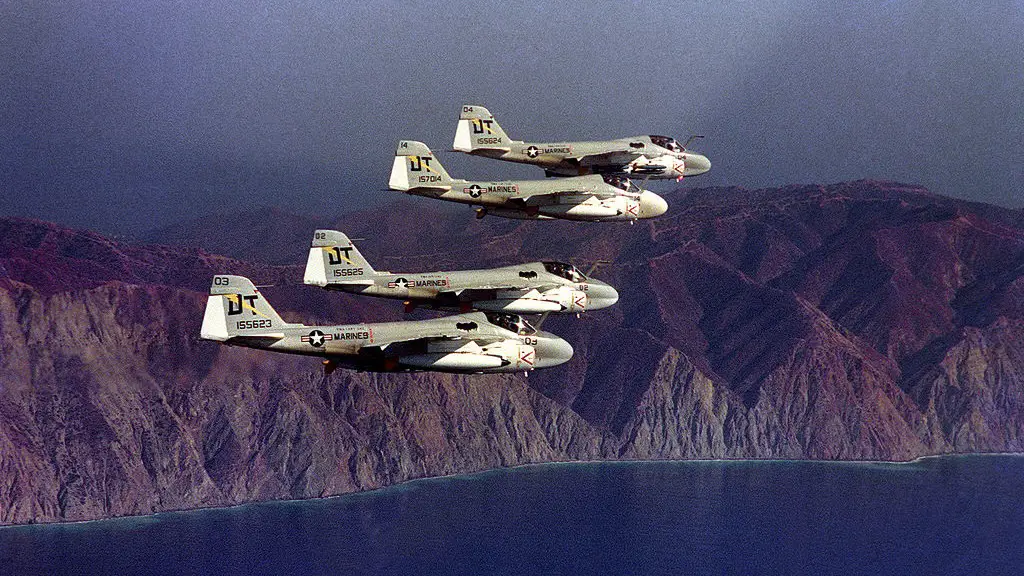
Advanced technology
Grumman’s A-6 design team was led by Robert Nafis and Lawrence Mead, Jr. Mead later became known for his work on the F-14 Tomcat and the Lunar Excursion Module. The focus was on the functionality of the aircraft, rather than aesthetics much like many Soviet builds. Given its simple design, some referred to the A-6 as the “flying drumstick.”
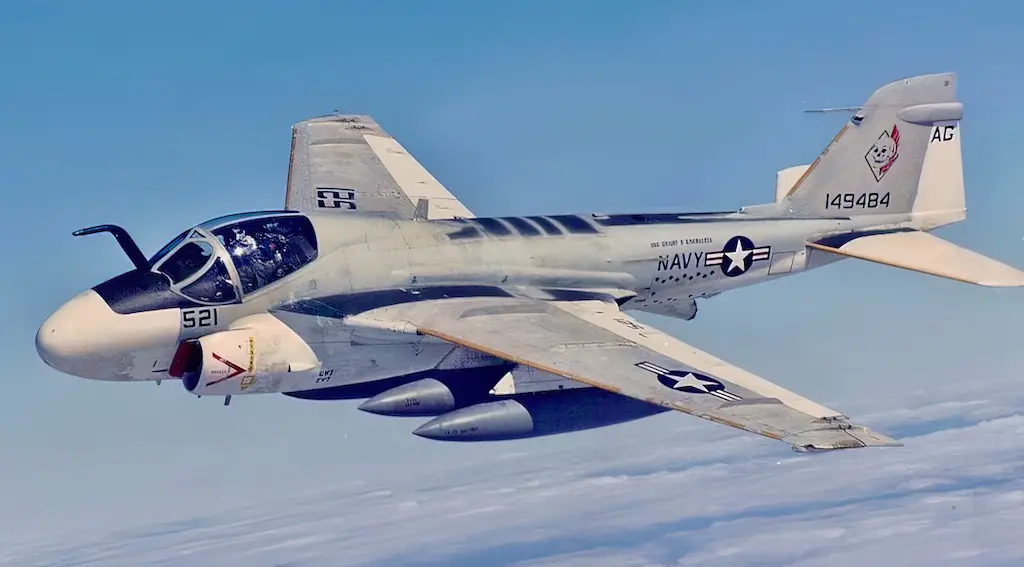
The design of the A-6 was considered cutting edge. Despite being a fighter-size aircraft, the aeroplane featured sophisticated avionics that used multiple computers. Its wings were designed to be efficient, even when moving at supersonic speeds, and enabled the aircraft to manoeuvre easily when carrying large loads. It was also designed to carry nuclear warheads. If needed, these weapons could be released via a semi-automated toss bombing, which would allow the A-6 to hit a target without flying directly over it, thus avoiding the bomb’s blast effects from a safer distance.
Considerable usage in the Vietnam War
The A-6E Intruder first entered into service in February 1963. Owing to its ability to conduct operations at all times and in any weather conditions, the aircraft were extensively used by the Navy and US Marine Corps. It was involved in a number of missions against enemy targets during the Vietnam War.
The A-6 was particularly effective due to its long-range and heavy payload capabilities. A typical mission, however, found it flying low to release its payload, making it vulnerable to anti-aircraft weaponry. Over the course of the war, 10 were shot down by surface-to-air missiles, while 56 more were taken out by conventional small arms fire and anti-aircraft artillery.
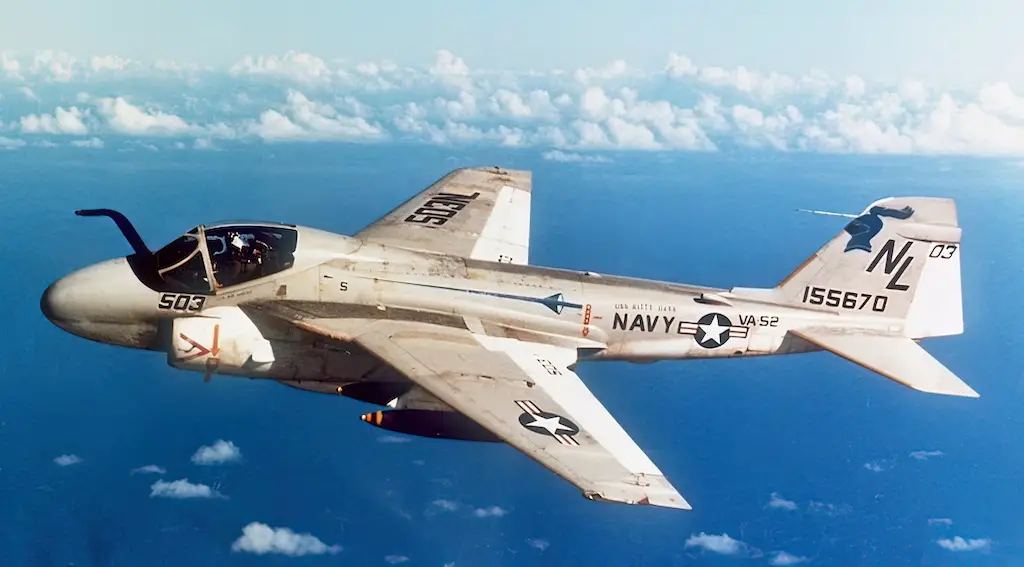
A-6E in the Near East
The A-6E Intruder was used during a multinational peacekeeping mission in Lebanon in the early 1980s during the Lebanese Civil War. A-6s were also used to drop bombs over Libya, in retaliation for a terrorist bombing that occurred in West Berlin in 1986.
The aircraft were heavily used during Operation Desert Storm. A-6s flew 4,700 combat sorties, attacking Iraqi naval units, hitting strategic targets and destroying enemy air defences. Once the Gulf War came to an end, the planes were used to enforce a no fly zone in Iraq, after which they provided air support during 1993’s Operation Restore Hope in Somalia.
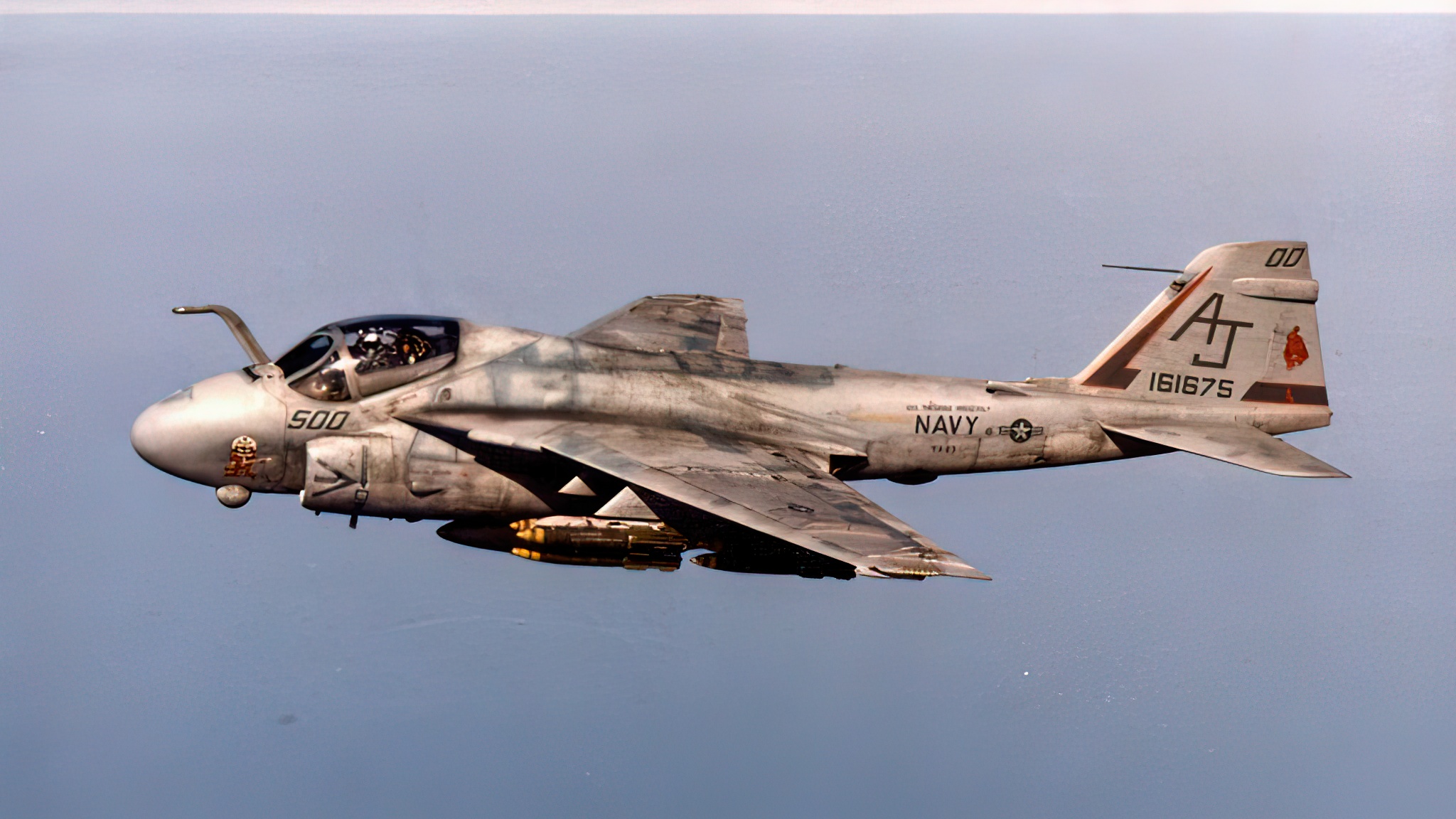
Retired after 30+ years of service
The last active A-6E Intruders were officially retired in February 1997, although the Marine Corps had done so in advance A-6E by four years. They were first replaced by the F-14D Tomcat, which in turn was swapped out for the F/A-18E/F Super Hornet in the Navy and the F/A-18D Hornet in the Marine Corps.
At the time the A-6’s retirement was announced, a number of the aircraft had been on standby for re-winging at the Grumman plant. Those that had yet to be re-winged were sunk off the coast of Florida and made into “Intruder Reef,” whereas the ones that had been refurbished were put on display in various museums throughout the country.

